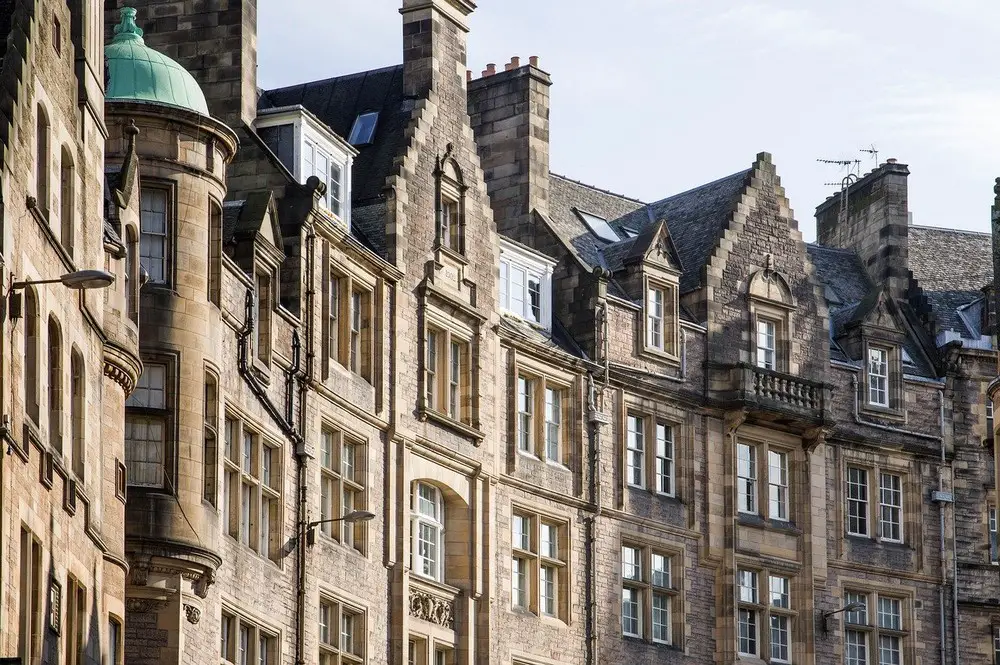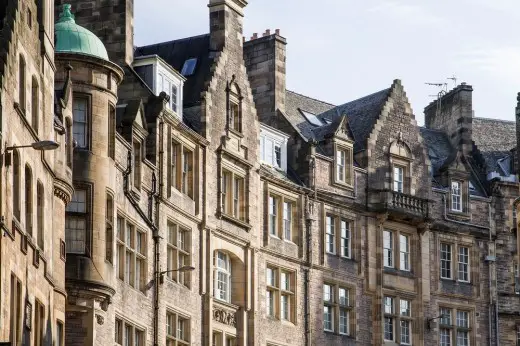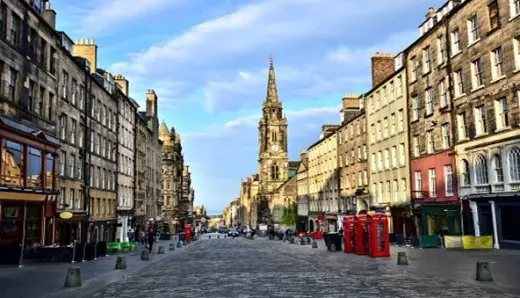Edinburgh: A paradise for architecture enthusiasts guide, Scottish capital architectural tips, Visiting Scotland advice
Edinburgh: A paradise for architecture enthusiasts in Scotland
7 Apr 2021
Edinburgh: A paradise for architecture enthusiasts of all kinds
No matter whether you are a stranger to the area or a local resident, the various buildings in the Scottish capital of Edinburgh are a sight to behold. It comes as no surprise that this marvellous city has been heavily featured in numerous Hollywood movies throughout the years. Scottish architecture includes everything from medieval castles, Churches and beautifully laid out streets to amazingly modern buildings that make anyone feel like they are living in a futuristic world.
If you’ve been researching the best things to do on holiday and carrying out a comparison of online slots, why not go on an Edinburgh tour that exposes you to both historical and modern architectural elements?
Old Town and New Town
The city of Edinburgh consists of two distinct, carefully planned out areas known as Old Town and New Town. The former, as is evident from the name, is characterised by the medieval architecture and fortresses present within it. The New Town, though, was constructed only in the 18th century and was made as a measure to reduce the crowds in Old Town and became the region where the upper-class resided.
The Old Town consists of narrow winding lanes, cobbled streets and buildings from the Reformation era. The Royal Mile consists of many streets and is the main road that leads down the Old Town. It connects two royal structures, the Edinburgh Castle and the Palace of Holyroodhouse. This street was used by Kings and Queens for several hundred years.
Many buildings that line the streets of Old Town were constructed in the 16th and 17th centuries, and due to the lack of availability of space, they were built to be extremely tall.
The New Town consists of seven towns and is situated to the North of Old Town. This region has witnessed the development of several neo-classical buildings constructed under the expertise of renowned architects. Unlike those in Old Town, the streets here are wide and symmetrical, lined by open spaces, gardens and Georgian houses from the 18th century. The townhouses in New Town, which once belonged to wealthy residents, are today used as apartment complexes. Since New Town is close to Edinburgh’s financial district and the University, both students and professionals tend to take up residence in this area.
The Scottish Parliament
In contrast with the 16th-18th century buildings previously mentioned, the Scottish parliament is considered an iconic piece of modern architecture. It was designed in 1998 by the architect Enric Miralles. The construction began in 1999, and the space was first officially used in 2004.
A bird’s-eye-view of this parliament will reveal to you distinct, curiously shaped structures created in the Deconstructivist style. This building was created to be as far away from traditional styles of architecture as possible. Since the structures do not have a distinguishable centre or lead to a bigger one, there is no form of hierarchy in terms of the structure. The materials that were mainly used in the construction of the parliament include glass, granite, steel and Oak.
The debating chamber is one of the most impressive halls within the parliament. It was designed in a semi-circular shape and seats 131 officials. The floor of this chamber is characterised by the use of Oak acquired from within the country.
The Hub
There is no lack of gothic elements when it comes to the historical structures that are still standing in Edinburgh. The Hub is considered the Festival centre of the city and located within the Old Town. It brings together both Victorian and modern style with incredible harmony. Today it is used for anything from weddings and school dances to conferences and other events.
A curious and incredibly captivating feature of The Hub is the tall, gothic spire that stands above all the other buildings around. The building was created in the style of Gothic Revivalist architecture, and its construction continued for three years, from 1842 to 1845. It was originally meant to be a meeting hall for the Church Assembly in Scotland, and from the 1920s to the 1980s, it was used as a Church. Later on, it became the festival centre of Edinburgh.
Craigmillar castle
This list of architectural marvels in Edinburgh will remain incomplete without mentioning this ruined medieval castle. The construction of the Craigmillar castle took place in the 14th century, but different sorts of continued through the next two centuries. The Preston family, who constructed this castle, sold it to Sir John Gilmour in the 17th century. The castle was utilised well by his family until they too left in the 18th century. Mary, Queen of Scots, stayed in this castle for a month after she got sick towards the end of 1566.
Edinburgh: a paradise for architecture enthusiasts – Wrapping up
The city of Edinburgh holds a beautiful collection of both historical and modern architectural marvels. A walk down the old cobbled roads and a visit to the ultra-modern Parliament building are a must when in Edinburgh. Although these architectural styles emerged in different cities and have extremely distinct features, they somehow harmoniously exist together under the Scottish skies.
Comments on this guide to Edinburgh: A paradise for architecture enthusiasts article are welcome.
Edinburgh Architecture
Design: LBA Architects
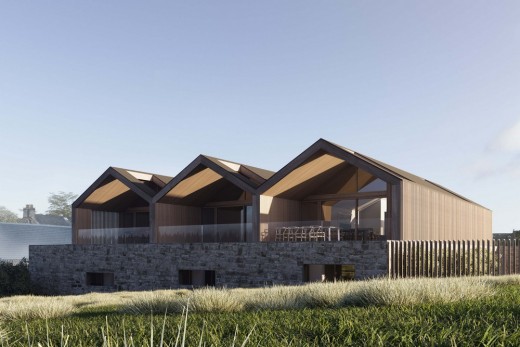
image courtesy of architects
Liberton Brae Townhouses
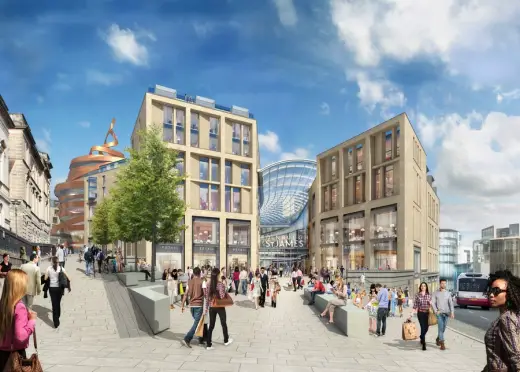
image of the development
St James Quarter
Comments on this guide to Edinburgh: A paradise for architecture enthusiasts advice article are welcome.
